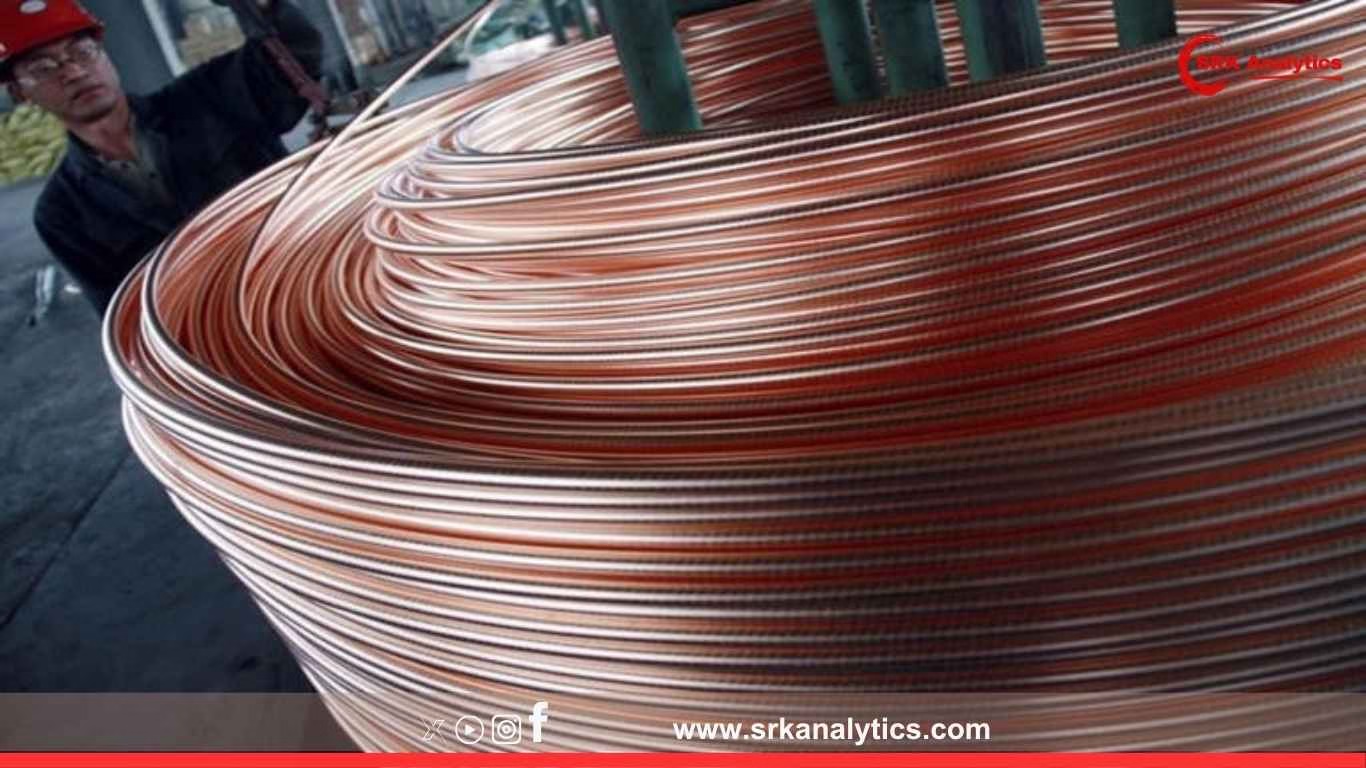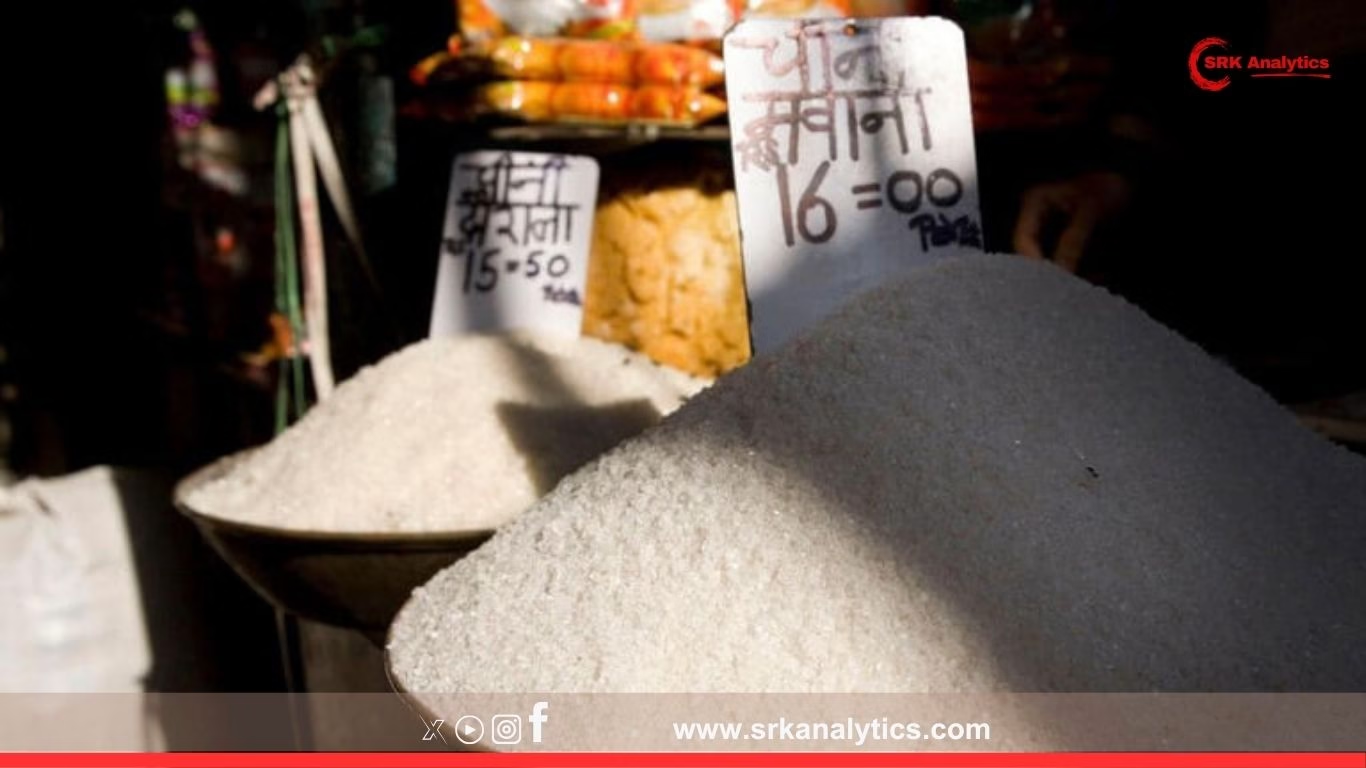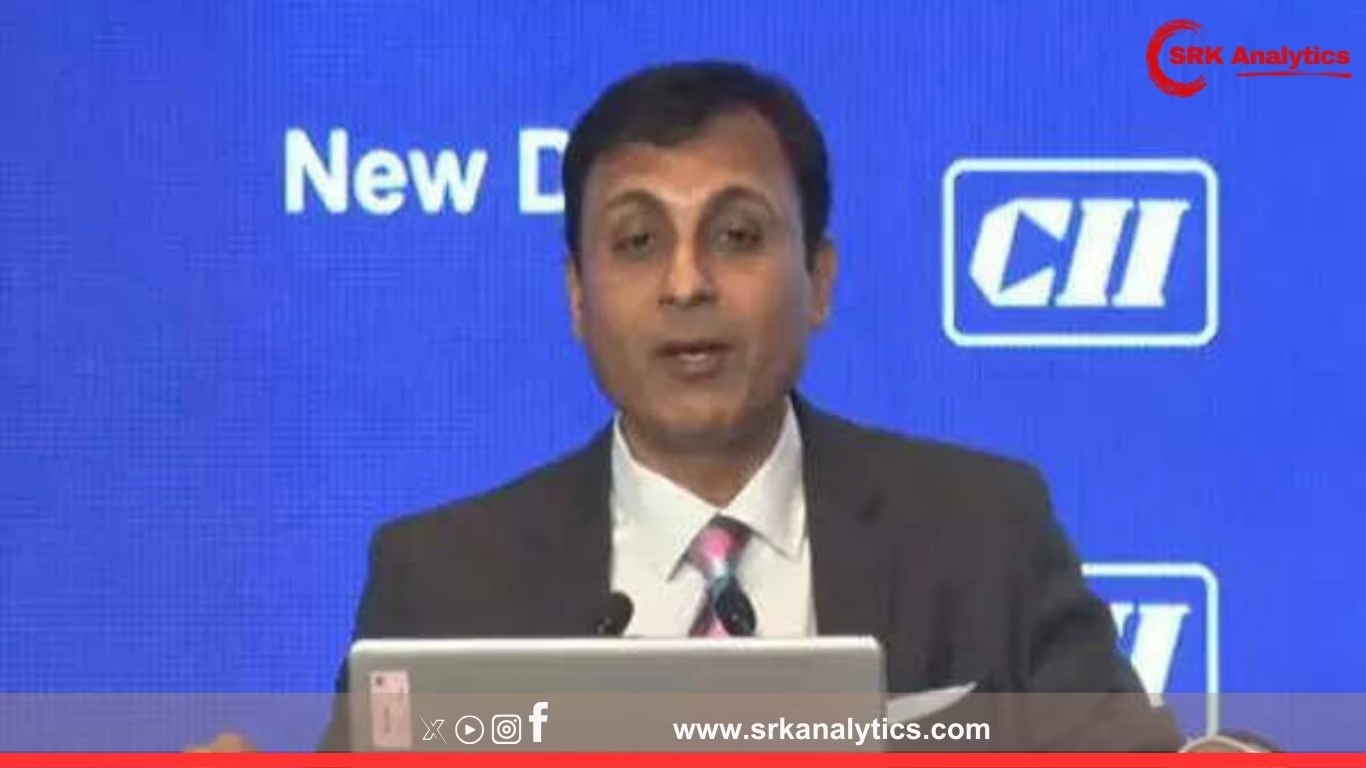India’s copper imports have surged to unprecedented levels in FY25, resulting in a net foreign exchange outflow of $8.3 billion, as per preliminary trade data compiled by industry bodies and government sources. The sharp rise in imports comes amid domestic production constraints and robust demand recovery across sectors such as power, renewables, electric vehicles (EVs), consumer electronics, and infrastructure.
Massive rise in copper imports: Key drivers
The domestic copper deficit continues to widen since the closure of Vedanta’s Sterlite Copper plant in Tuticorin in 2018, which had an annual capacity of 400,000 tonnes. Despite plans for capacity augmentation by Hindustan Copper and Hindalco Industries, domestic supply remains insufficient to cater to India’s growing needs, forcing greater reliance on imports from Chile, Japan, the UAE, and the Democratic Republic of Congo.
| Top Copper Import Sources (FY25) | Import share (%) |
|---|---|
| Chile | 32 |
| Japan | 21 |
| UAE | 15 |
| Congo | 10 |
| Others | 22 |
(Source: Industry trade data compilation)
Breakdown of forex outflow in FY25
| Copper import volume (tonnes) | Average price ($/tonne) | Total forex outflow ($ bn) |
|---|---|---|
| 1.2 million | 6900 | 8.3 |
The above table highlights the scale of India’s dependence on imported copper amid tightening global supply and elevated prices on the London Metal Exchange (LME). Prices rose to a 15-month high in April 2025 amid supply risks from Chilean and Peruvian mines due to climatic disruptions and labour strikes.
Industry consumption trends and demand drivers
- Power transmission & distribution (T&D): Massive expansion under PM Gati Shakti and green grid connectivity for renewables.
- Renewable energy: Solar and wind projects need significant copper for cabling and electrical components.
- EV sector: Growing domestic EV manufacturing requires imported copper for batteries, motors, and wiring harnesses.
- Electronics & consumer durables: Continued growth in smartphone, appliance, and electronics manufacturing clusters.
- Infrastructure and construction: Rapid urbanisation, metro rail projects, and smart city works drive additional demand.
Sector-wise copper demand split in FY25
| Sector | Share of copper consumption (%) |
|---|---|
| Power (T&D) | 45 |
| Renewable energy | 15 |
| EVs | 10 |
| Electronics & appliances | 12 |
| Construction & infra | 18 |
(Source: Industry and FICCI analysis)
Government response to import dependency
The Ministry of Mines, in coordination with NITI Aayog, has prepared a draft National Copper Policy to revive domestic production, explore new mines, and fast-track clearances. Key features of the proposed policy include:
- Revival of Tuticorin smelter: Vedanta’s efforts to reopen its Sterlite unit are awaiting Supreme Court decisions amid environmental clearances and local protests.
- Hindustan Copper expansion: Plans to triple capacity by FY28 under implementation.
- Exploration of new copper reserves: Geological Survey of India (GSI) has been directed to accelerate exploration, especially in Rajasthan, Madhya Pradesh, and Jharkhand.
- Scrap recycling policy: To enhance copper recycling rate from the current 20% to 35% by FY27.
Export competitiveness impacted
India, once a net exporter of refined copper, turned into a net importer post-2018. The country’s copper exports plummeted from USD 1.2 billion in FY18 to under USD 300 million in FY25. The loss of export competitiveness in copper value chain affects India’s trade balance, especially when global demand for green infrastructure metal is at its peak.
Copper market outlook FY26
According to industry analysts:
- Copper prices will remain elevated due to supply constraints and robust global green transition demand.
- India’s import bill is expected to rise further unless domestic production revives.
- Global copper deficits are projected to reach 6 million tonnes by 2030 without accelerated new mine development.
Challenges in boosting domestic output
- Environmental clearances: Mining and smelting projects face prolonged environmental impact assessments and community protests.
- Capital intensity: High capex for copper mines and smelters amid uncertain policy support.
- Logistics bottlenecks: Copper ore transport from mines to smelters remains inefficient, increasing costs.
- Volatile global prices: Domestic players remain vulnerable to global price cycles, affecting investment sentiment.
Industry reaction
The Indian Electrical and Electronics Manufacturers’ Association (IEEMA) urged urgent policy clarity to reduce import dependency, stating, “Copper is critical for our power sector targets and net zero goals. The forex outflow could double if domestic smelting capacity remains frozen.”
Similarly, the Confederation of Indian Industry (CII) called for expedited decisions on Sterlite Copper’s reopening, expansion of Hindustan Copper operations, and incentivising copper recycling under the circular economy framework.
Conclusion
India’s copper import dependency has reached unsustainable levels, with FY25 forex outflows of $8.3 billion. Without swift policy and judicial interventions to revive smelting capacity, expand mining, and incentivise recycling, the import burden is set to rise, posing challenges to India’s energy transition, infrastructure goals, and macroeconomic stability.
Disclaimer
This news content is for informational purposes only. It does not constitute investment, trade, or policy advice. Readers should consult their financial or industry advisors before taking business decisions based on copper market data.











